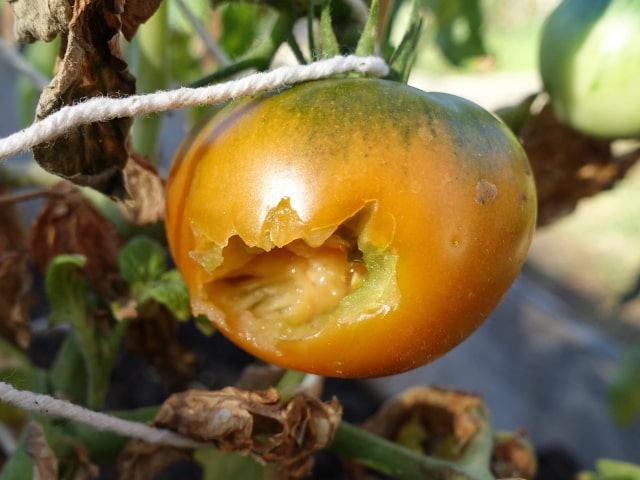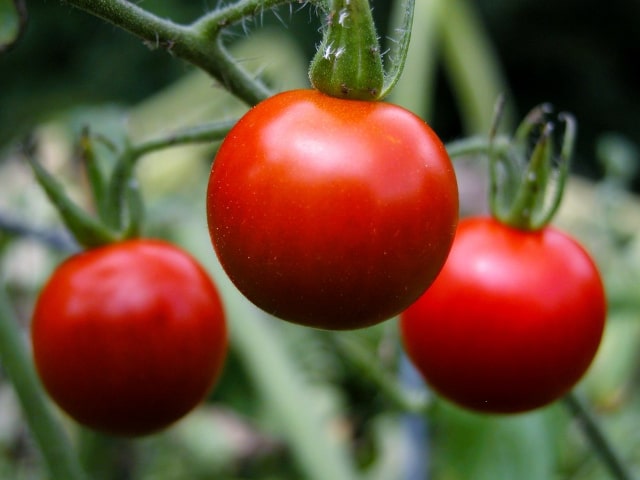
People who love to eat spinach will usually prefer to grow their own spinach in their gardens. Nothing feels better than eating the spinach you've grown. This is the best way to ensure that the food you eat is truly healthy, organic and the best you can offer to your family.
However, there is one major problem with spinach: it tends to be difficult to growth. Often times, the reward you get from growing your own spinach is less than the time and effort you need to put into caring for your plants. Spinach is a heavy feeder and it tends to quickly bolts to seed as soon as the days begin to lengthen. It's not uncommon to make all the effort and get only little in return. This is why many people choose not to grow spinach in their garden, even though they want healthy vegetables in their kitchen.
Those people might benefit greatly from growing a similar, yet easier to grow vegetable. Swiss chard is a perfect candidate for it. A tasty, healthy substitute for spinach, Swiss chard will reward you in so many ways.
Reasons to Choose Swiss Chard
Swiss chard is a great vegetable you can grow in your garden. It can serve as a very effective substitute to spinach, but it's more than that. Swiss chard is healthy, tasty and a great addition to your garden.
It is not difficult to grow, so it's a great choice for beginner gardeners or those who don't have much time to dedicate in their garden. Just because you might be inexperienced or busy doesn't mean you can't have healthy, tasty vegetables in your garden.
Swiss chard is great because it basically provides a continuous harvest that starts in cool spring, all through the summer and far into the late fall. It means you will always have plenty of healthy vegetables in your kitchen.
Another good thing about this plant is that if you cover it with a shredded leaf mulch, it will survive the winter successfully and continue to give in the following season. This way, you can continue to harvest it straight after winter. This Swiss chard will give harvest in the following season up to summer, when will go to seed.
Growing Swiss Chard
Swiss chard is best to be grown using raised beds. Framed raised beds, approximately 4x8 foot big seem to be perfect for this type of plant.
Before sowing, make sure to prepare the bed for your Swiss chard by raking it smooth and spreading a thin layer of fine compost over the whole area. The most effective way to grow your Swiss chard is to plant rows across the bed, so use 4 foot long 1x2 furring strip as a planting stick. The best way is to use a stick with marked off increments of one inch.
To make furrows, lay the stick across the bed and tilt it to a 45 degree angle. Make sure that the edge that comes in contact with the soil forms a "V" shape when worked back and forth. After this, place the stick flat next to the furrow and use the markings on its face to sow.
Sow a seed every inch. The best way to sow is to hold the seed in the palm of one hand and pick it with the thumb of the forefinger of the other hand. After the furrow is sown, curl the forefinger and, using the part between the first and second joints, gently but firmly press the seed into the soil.
Keep in mind that, just like beets, every Swiss chard ball contains more than one seed. When these seedlings come up, they may form clumps. Make sure to thin these clumps so there is only one seedling every one inch. This is important because this will allow enough space for your plants. In case the seedlings are big, you may even want to have only one per two inches.
Don't throw away the thinnings. They are great to use in salads. As the plants grow, you may wish to thin them again as needed. You may wish to space them out so there is only one per 4 inches. Again, use thinnings in salads. Finally, fully grown plants should stand about 8 inches apart, so you will need to do one final thnning. You may use these larger thnnings in salads or in any other way you find tasty.
Harvesting
The remaining plants are left to grow to their full size. These should be harvested by plucking of the outer leaves. Make sure to pluck and don't cut the leaves. When plucking, you should take the leaves together with their stalks. This will leave the heart of the plant intact. New stalks and leaves will grow quickly from this.
To harvest, grasp the stalk at its base at the ground level and snap it off with a twisting motion or pull it downward with a sharp tug. You should take a few leaves at a time from each plant. You don't want to harvest too much in one go or else the plants will stop producing.
Mature plants can be harvested by leaving only the center heart intact. It will regrow again, which will give you a new plant to harvest. This is one of the main reasons why Swiss chard is so rewarding: it is one of the rare plants that provides a continuous harvest without new plantings.
Additional Info
- Swiss chard is not just very productive: it is also a very beautiful plant. You may use you Swiss chard as a great ornamental plant.
- Swiss chard comes in a wide variety of colored stalks: white, red and various shades of yellow. You may choose your favorite color to grow or you may grow different colors together for a truly colorful garden.
- The most common and popular Swiss chard varieties are: Rhubarb Chard, Lucullus, Bright Lights and Fordhook Giant.
- There are many ways in which you can use your Swiss chard. The leaves can be eaten raw in salads, or you may cook them just like spinach. Stalks can be easily chopped and eaten raw in salads or cooked like asparagus.
- Swiss chard is very healthy and nutritious. It is a great source of vitamin A, calcium and iron.
Photo credit: Kenny Point




0 Comments